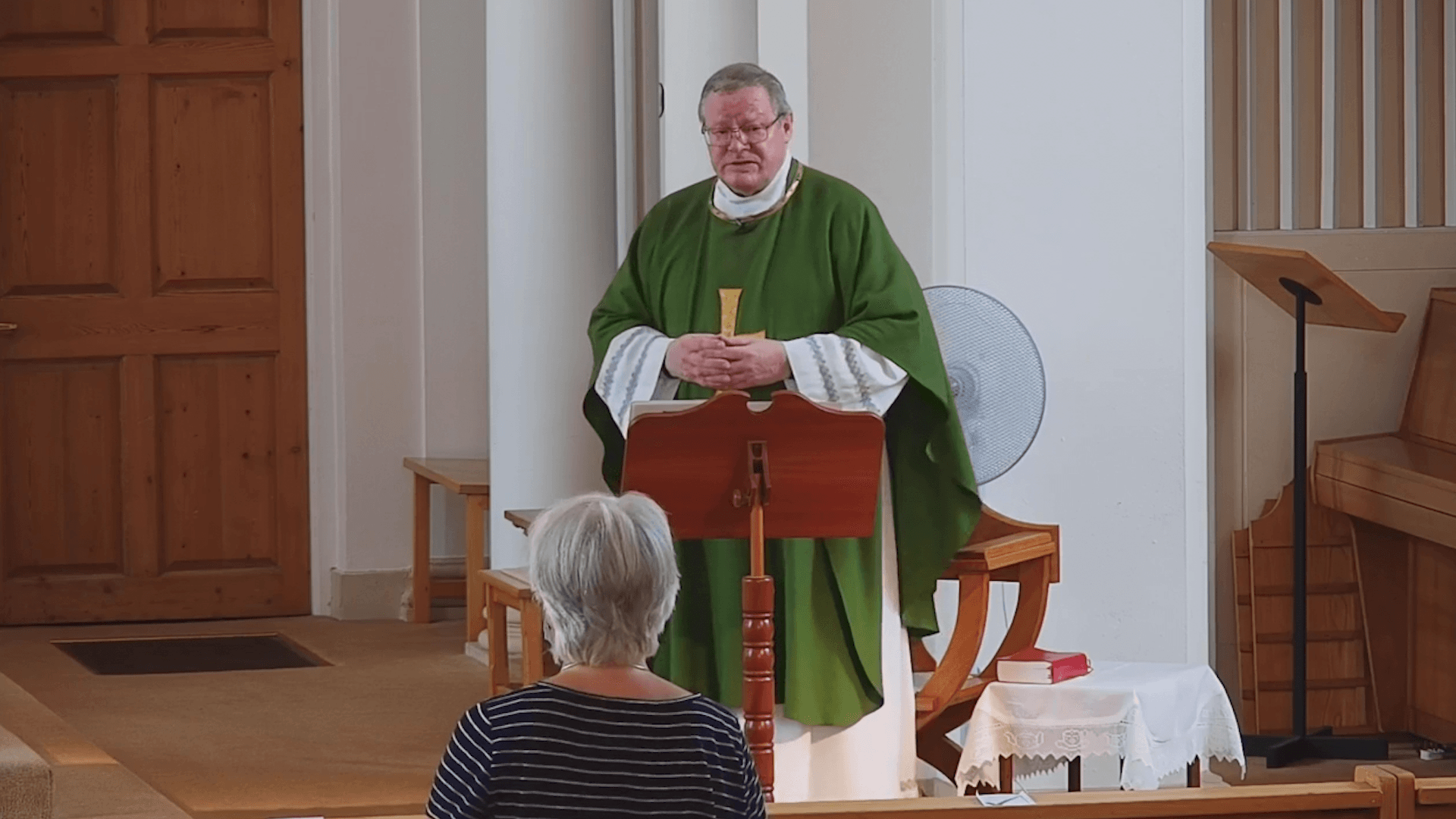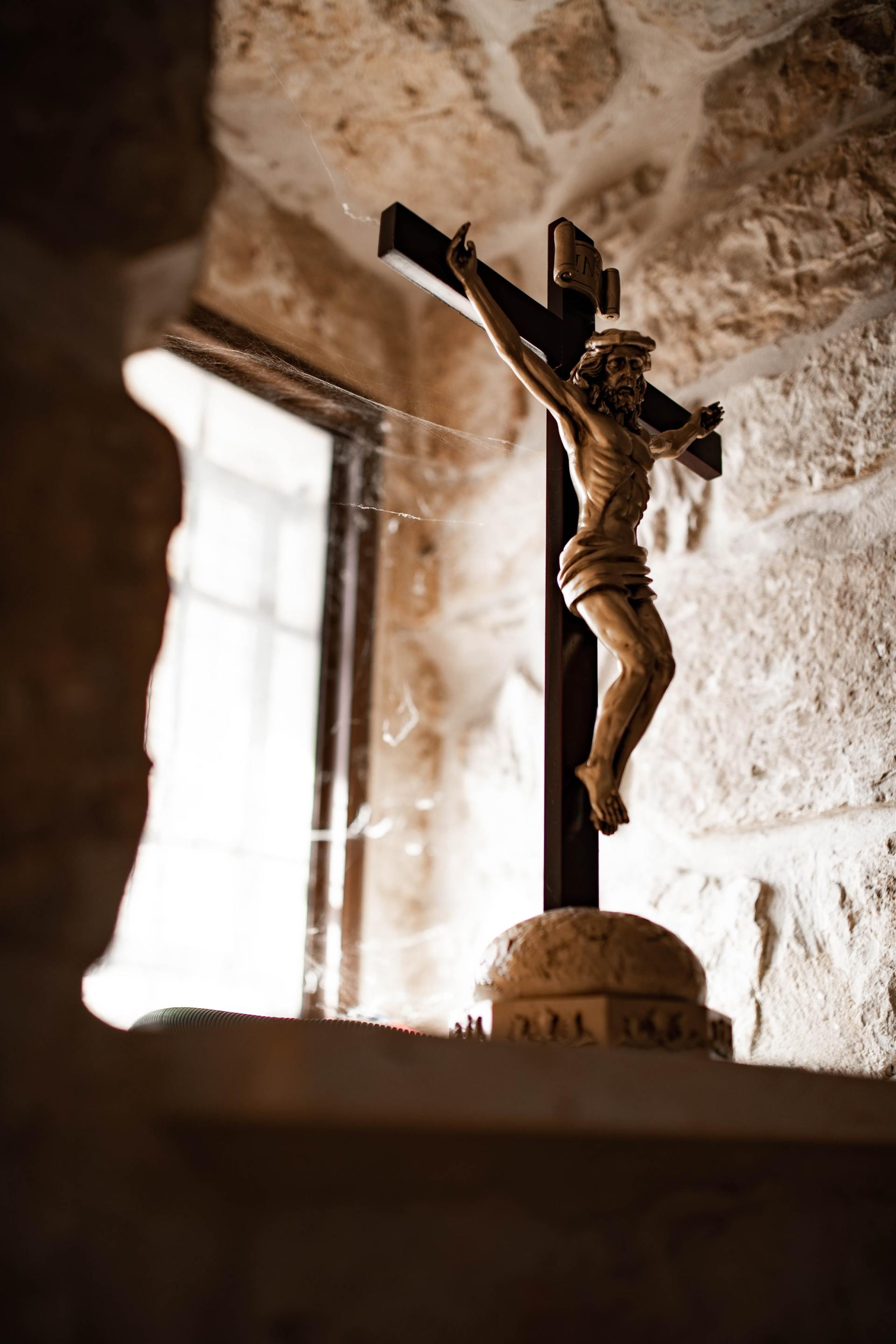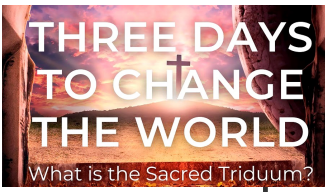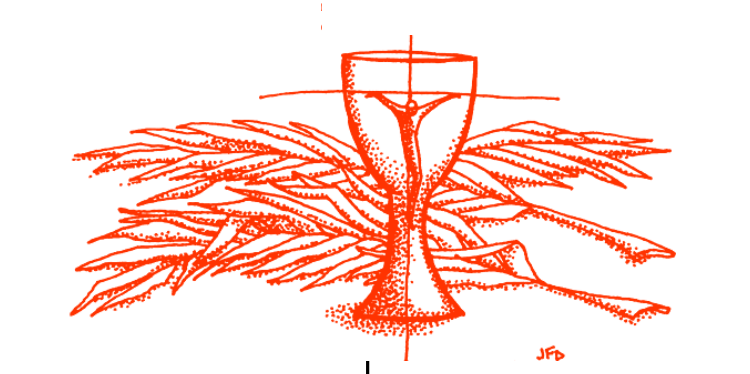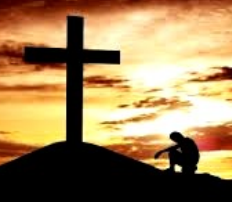Sunday 2nd April 2022

A woman has been dragged from the act of adultery and now cowers in the temple court before her accusers, the scribes and Pharisees. They approach Jesus with the dilemma they have carefully orchestrated. Jesus is actually the first one they want to put on trial.
With mock reverence for the ‘Teacher,’ they put the case to Jesus. If Jesus argues that the woman should not be stoned, he violates the Mosaic teaching and the community tradition. If he says she should be stoned, he will violate his own compassionate teaching and be regarded by many as a charlatan who preaches one thing and does another. “So what do you say?” they ask Jesus. The stones that the Mosaic teaching dictated should be hurled at both the woman and her sexual partner (Lev. 20:10; Dt. 22:22) are already heaped up in the hearts of her accusers.
Bent over, silent, eyes fixed on the ground, Jesus assumes the same stance as the woman. But then he straightens up and tosses at the accusers of both of them his conclusion: “Let the one among you who is without sin be the first to throw a stone at her” (Jn. 8:7). The scribes and the Pharisees realise suddenly that they themselves are now the ones on trial. One by one they drift away. Is their exit according to seniority, a last clutch at remnants of their respectability? Or is it that the older they are, the more they may have to read in their hearts about a wife, a daughter, a granddaughter, an unknown woman in a brothel?
Now, for the first time, the woman is addressed as a human being. Jesus speaks to her as more than just a heap of evil that has been dumped in the temple and must be cleaned as soon as possible. There is only one stone thrown in this incident: the stone of mercy which Jesus casts at the devastated and violated woman as he assures her that no one has condemned her, especially not himself. His concern is more for the woman’s future than for her past: “Go, and from now on do not sin any more.” This is no moralising lecture, simply the powerful command of love lived for her at a moment of great risk for both of them.
Sometimes, especially as we read and pray the Scriptures reflectively, we can allow our imagination to lead us deeper into the heart of Jesus, into his human memory and experience. Reflecting on this gospel, might we wonder if, on that temple morning, he remembered his own mother: the fear - holy yet human - she must have experienced, the gossip she probably endured about her pregnancy. And did Jesus also remember the gentle and just man named Joseph who would not cast a stone?
